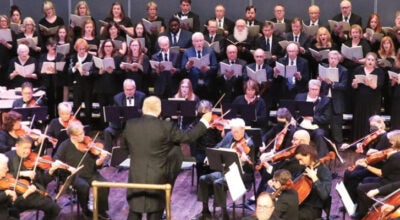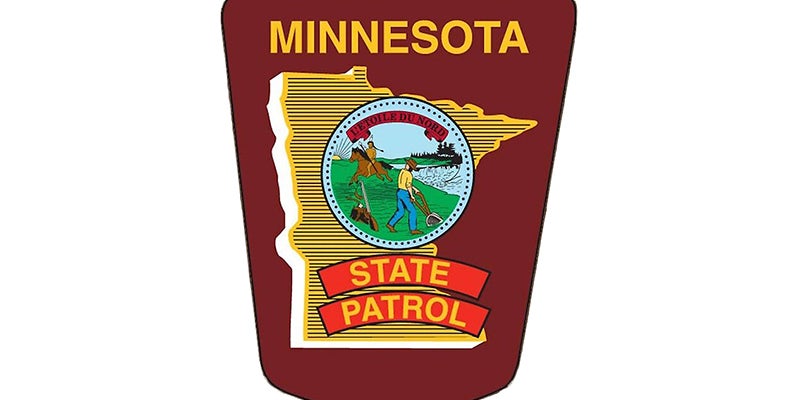William Hume: Austin well placed for rail future
Published 9:33 am Wednesday, November 26, 2014
In my opinion, Austin has a rail transportation future unique to anything else in Minnesota. With relentless ambition, directed focus, and a team of civic leaders and industry officials Austin could have high-speed freight and passenger transit in place and serving new regional business and thousands of new jobs.
Austin is very strategically located on Minnesota’s rail map. Future railroad expansion in our state will depend on class 1 railroad companies participating; those willing to work with outside sources of international finance and cooperation. Any elevation to “faster rail, or high-speed rail” must have profit and community transportation service as incentive.
Hormel is a food product company with institutional and manufacturing excellence, equaled only by the Mayo Clinic in reputation. Hormel could reach a new level of product transportation with high-speed freight. Union Pacific Railroad in the future would be able to possibly link Hormel with a continental grid of high-speed delivery. Union Pacific is the railroad that joined our nation together. Winning virtually every industrial award for operational and customer service excellence, they have broken new ground with advanced transportation science over the decades. It is very reasonable to be optimistic that Union Pacific will continue extraordinary freight rail technology, starting right in Austin with Hormel!
Ultra fast freight cars are being designed in concept as we speak, along with motive power to pull them. High-speed rail service would come through Austin and quickly connect the Hormel plant with our nation. In the event of a massive natural disaster Hormel would provide food enough to feed a state real fast.
If an angry San Andreas Fault in California fractured totally, 50 million Pacific coast citizens would be without utilities and electric power. Common everyday services would be down. Food availability to Californians in this desperate situation; call Hormel and high-speed freight.
Within 20 hours high-speed freight cars from Hormel would reach west coast populations, providing needed high-protein food products, medical supplies from Mayo and temporary shelter tents for people with destroyed homes. This fast rail freight system would be a disaster extinguisher.
Hopefully the San Andreas stays quiet. Fast freight cars would run daily from Hormel to serve our nation’s stores. Three times quicker in delivery.
Shipping a fast pork chop is just part of the aspect of high-speed rail. Imagine eating a Hormel chop sitting for diner in a high-speed dinning car. Here is how it’s done and how it operates.
High-speed freight and passenger service must have the right geography. Railroad right-of-way landform must be straight; following rivers and valleys will not work. South central Minnesota is the racetrack. Every element of genuine high-speed rail is in place for Austin and south central Minnesota towns. International qualifications for high speed rail dictate averaged speeds of 186-mph across a route. Accelerating from 0 to 300-mph can happen here and nowhere else in the state of Minnesota.
Vehicular and pedestrian traffic would go under or be bridged over the high speed rail tracks. There can be no grade-stops with crossing gates. At speeds up to 300-mph a different world of safety is designed in. High-speed rail is isolated, it’s basically flying on the ground. Moving at speeds averaging close to 200-mph Minnesota southern farm fields would be a blur of color and visual texture. Riding would be silent, smooth with magnetic wheel set shocks. Seats and overhead storage would be much larger than on commercial aircraft, individually programmed for heat and cool with the passengers national security rail pass card. Flash it and high speed rail ticket is paid, adjusted reserved seat ergonomics ready, destination mapped on your 6G…everything!
As part of a giant mid-western high speed rail plan, Austin would be connected in a circular pattern. South to Iowa cities, Des Moines, then Kansas City, St. Louis, Illinois towns on to Chicago, northward to Milwaukee, Wisconsin cities then to St. Paul. This Minnesota twin cities stop would have a architecturally fresh and elegant, totally enclosed platform solar powered ecoglass and steel station. No waiting outside in wild freezing weather, as endured at the rehabbed ancient Union Station in St. Paul. High-speed rail is about the future, not the past.
A southern central Minnesota culture and living quality will evolve as the best in our state. High speed rail will bring huge wealth, jobs, technology and transportation- oriented designed communities of homes to Austin.
William Hume is a lifelong Minnesotan retired from infrastructure land surveying. He writes nationally about high-speed rail issues. For commentary reach him at wrhdesign@hotmail.com




